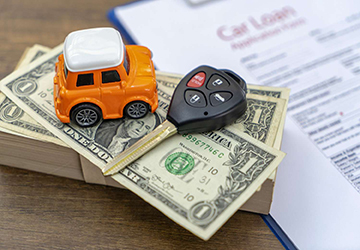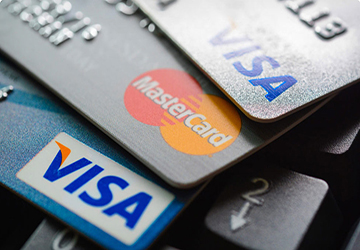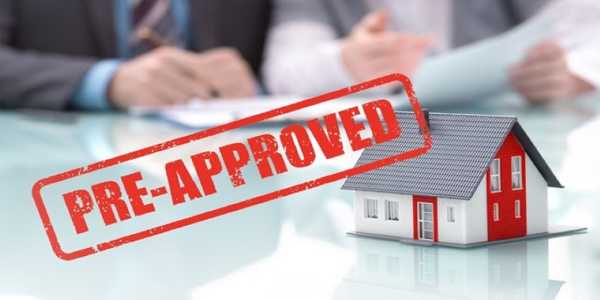Lenders can maintain their pledge status until full repayment. Once the loan maturity date is reached, the borrower will regain ownership of the securities. If the borrower defaults with the lender, the lender can repossess the collateral but sell it to cover any losses. That's why borrowers on secured loans need to know exactly what assets they're pledging as collateral and calculate the potential loss of liens and collateral in the event of default. There are two types of loans available: secured and unsecured. Knowing the difference between the two is critical to developing healthy financial habits and can have far-reaching consequences. Said secured loan borrowers are expected to provide collateral, while unsecured loan borrowers are not required to. This difference affects interest rates, loan sizes, and payment schedules.

What is a secured loan?
To borrow money, borrowers typically need to provide collateral in the form of assets or loans. Larger loans may require collateral from the lender, mainly if the funds will be used for a specific purchase or if you need to be more creditworthy to warrant an unsecured loan. If borrowers take out secured loans, they may qualify for more attractive interest rates because the lender faces less risk. Nonetheless, bad credit personal loans and short-term installment loans are two examples of quick loans that may have higher interest rates than others. In the context of a loan, "collateral" can refer to a tangible asset (such as property or a car) or a fungible asset (such as money). Loan modifications or business loans are sometimes available. However, secured business loans may also require the right kind of credit - financial institutions such as banks and credit unions.
Confirm Secured Loan
Both personal and business loans can be secured or unsecured. Borrowing with or without unsecured credit requires no collateral. Instead, lenders approve your loan application based on your credit history and financial stability. Loans that are not secured by collateral are unsecured. If you get a secured loan, the property you buy with the loan can serve as collateral. In the case of a mortgage, the collateral for the loan is the house itself.
Different Types of Secured Loans
There are several types of secured loans, but the three most common are installments, credit cards, and mortgages. All of these types of flash loans require security before approval.
Mortgage:
Regarding secured loans, mortgages are at the top of the list. Lenders consider these loans "secured" because the borrower puts their home as collateral. In short, if the borrower fails to repay the secured loan, the lender can foreclose and sell it at auction.

Car loan:
Secured loans include financing for cars, boats, motorcycles, and even private jets because the guarantee is that the borrower owns the vehicle. If the fast loan is not repaid, the lender can repossess the car, similar to a mortgage.
Benefits of Secured Credit Cards
A secured credit card can help people with little or no credit history build a credit score and build a credit rating. However, unlike a mortgage or secured vehicle loan, secured credit cards typically require a cash deposit as collateral. The money can be withdrawn from the cardholder's account and used to pay bills if they don't pay each month.
Diploma
Collateral is used to secure the loan. You can use your purchased assets (house, car, etc.) to get a loan. The lender retains the deed and title until the loan is fully repaid. Other assets can also secure loans. Stocks, fixed-income securities, and personal property are all covered. Most people who borrow large amounts of money do so through secured loans. Lenders are willing to spend more money only if repayment is guaranteed. If you put your home up as collateral, do whatever it takes to repay the loan.









